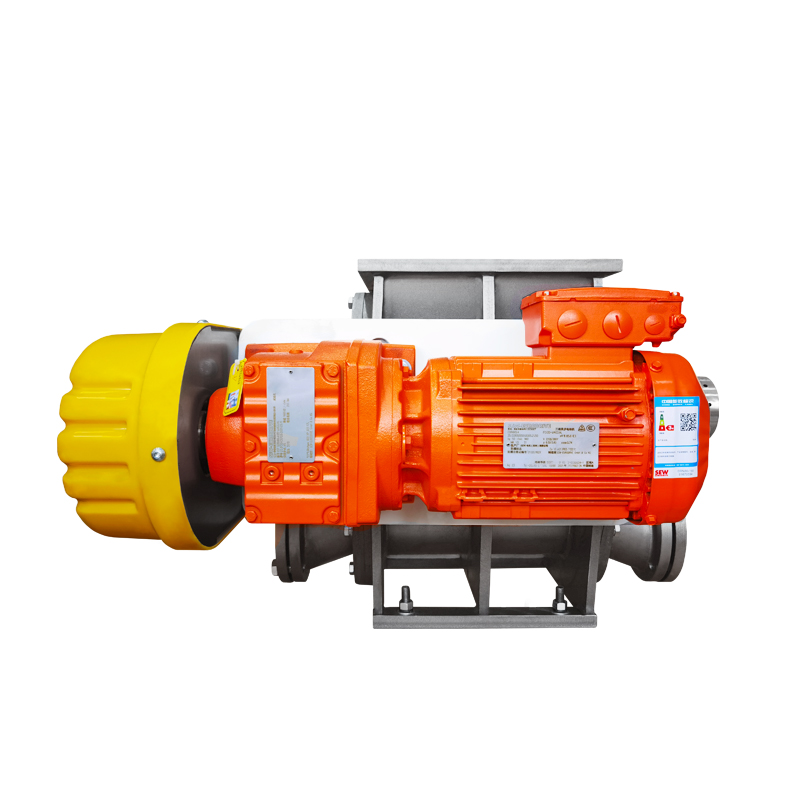Packaging Digest is part of the Informa Markets Division of Informa PLC
This site is operated by a business or businesses owned by Informa PLC and all copyright resides with them. Informa PLC's registered office is 5 Howick Place, London SW1P 1WG. Registered in England and Wales. Number 8860726. Hard Sealing Ball Valves

See All Food & Beverage »
See All Pharma & Medical »
See All Machinery & Automation »
See All Trends & Issues »
Piston fillers are the most common and versatile of volumetric filling architectures.
Choosing the proper piston/cylinder combination is important. Failure to choose the right inlet and discharge valves can result in imprecise fills, dripping, stringing, and even product damage.
These valves are synchronized with the piston. The inlet valve opens and the discharge valve closes as the piston draws product from the reservoir. They reverse as the piston is pushed in, allowing product to discharge to the filling nozzles.
This article provides descriptions of five types of piston filler designs and there best uses:
1. Check valves (spring-loaded valves, for example);
2. Mechanical valves (like slide valves);
3. External pinch (or peristaltic) valves;
1. Check valves are simple and common. These spring-loaded valves only allow one-way flow. Product flow opens them; the spring closes them (see image at top of page).
A potential issue is that viscous products can cause them to close erratically. Solids in the product can prevent leak-tight closure between discharges. Check valves work best with low-viscosity solutions without particulates.
2. Mechanical valves close more positively. This slide valve controls flow from four piston pumps. It is actuated by a linkage from the piston drive. Mechanical valves are recommended where (1) higher filling precision is required, (2) the product contains small or large particulates, or (3) for higher viscosity products, up to heavy creams and pastes.
3. External pinch valves eliminate product contact and use a single piece of tubing from filling pump to nozzle. This eliminates the need for cleaning while preventing leakage into and out of the fluid channel. This makes pinch valves excellent for high purity, as well as hazardous products.
John R. Henry, Changeover.com
4. While not technically a “valve,” the example below shows another option: a rotating piston. As the piston is withdrawn, the flat area is aligned with the inlet, blocking the discharge. As the product is discharged, the flat aligns with the discharge port.
John R. Henry, Changeover.com
A variation on this rotating piston pump mechanically rotates the valve independently of the piston to open and close the ports. The mechanism is more complex but the timing of the valve is independent of the piston.
The ceramic material is extremely hard and particularly good with abrasive liquids like contact lens solutions.
Both types, because they do not have any sliding seals, generate few particulates. This makes them especially good for injectable or eye-care pharmaceuticals.
John R. Henry, Changeover.com
5. By their nature, valves restrict flow. That can be a problem with viscous products. The rotating valve below makes a quarter turn between charging and discharging. This allows full flow with no restrictions for both charging and discharging. It is especially well suited for high-viscosity creams and other products.
John R. Henry, Changeover.com
It’s easy when you know.
Find out more about how piston fillers work. It’s all in Chapter 4 of my Packaging Machinery Handbook. Other chapters cover inspection, flexible packaging, coding, and all commonly used packaging machinery. The complete table of contents and chapter samples can be found at www.packmachbook.com/handbooksample.pdf.
Purchase the Handbook on Amazon at https://amzn.to/3kr4qj7
More information about text formats

China Air Lock In today’s workplace, five generations are actively employed. In this free ebook, learn how to leverage the strengths of each generation in your packaging department.